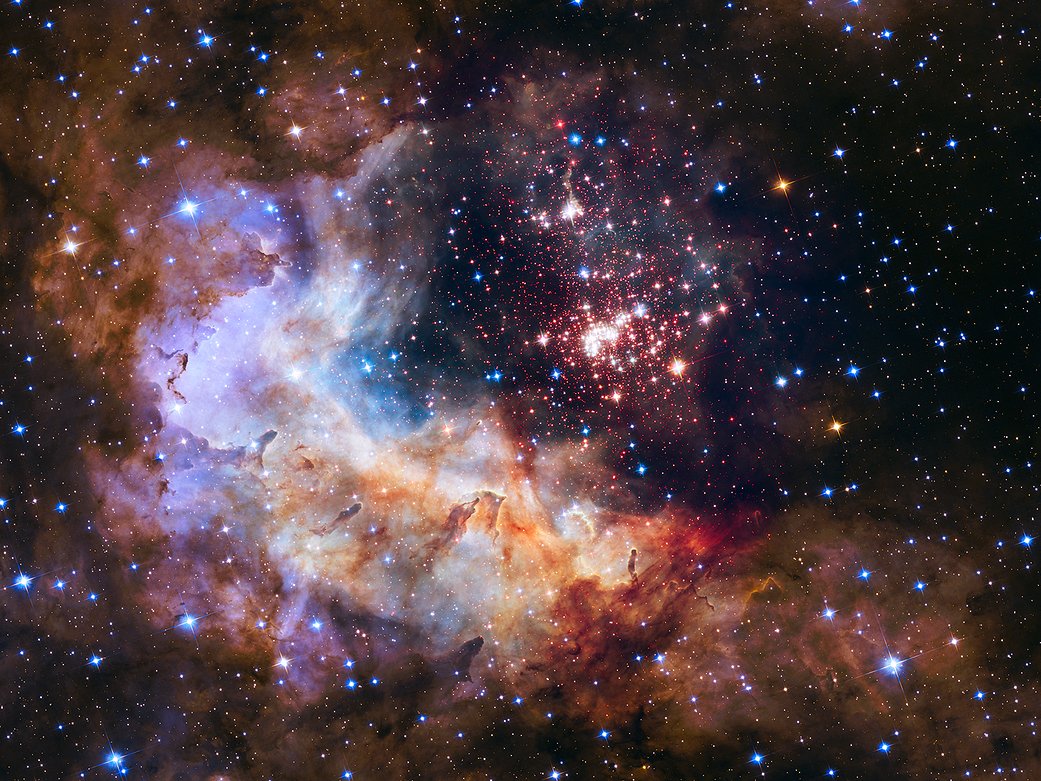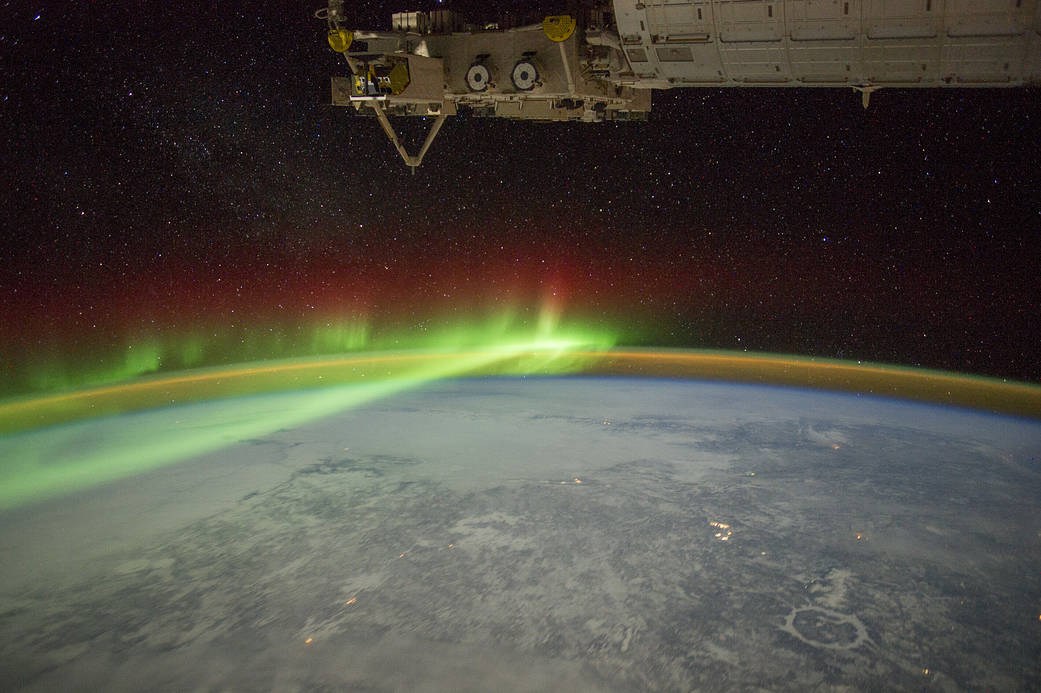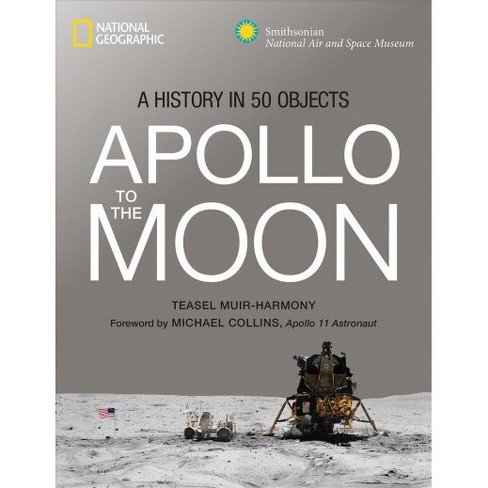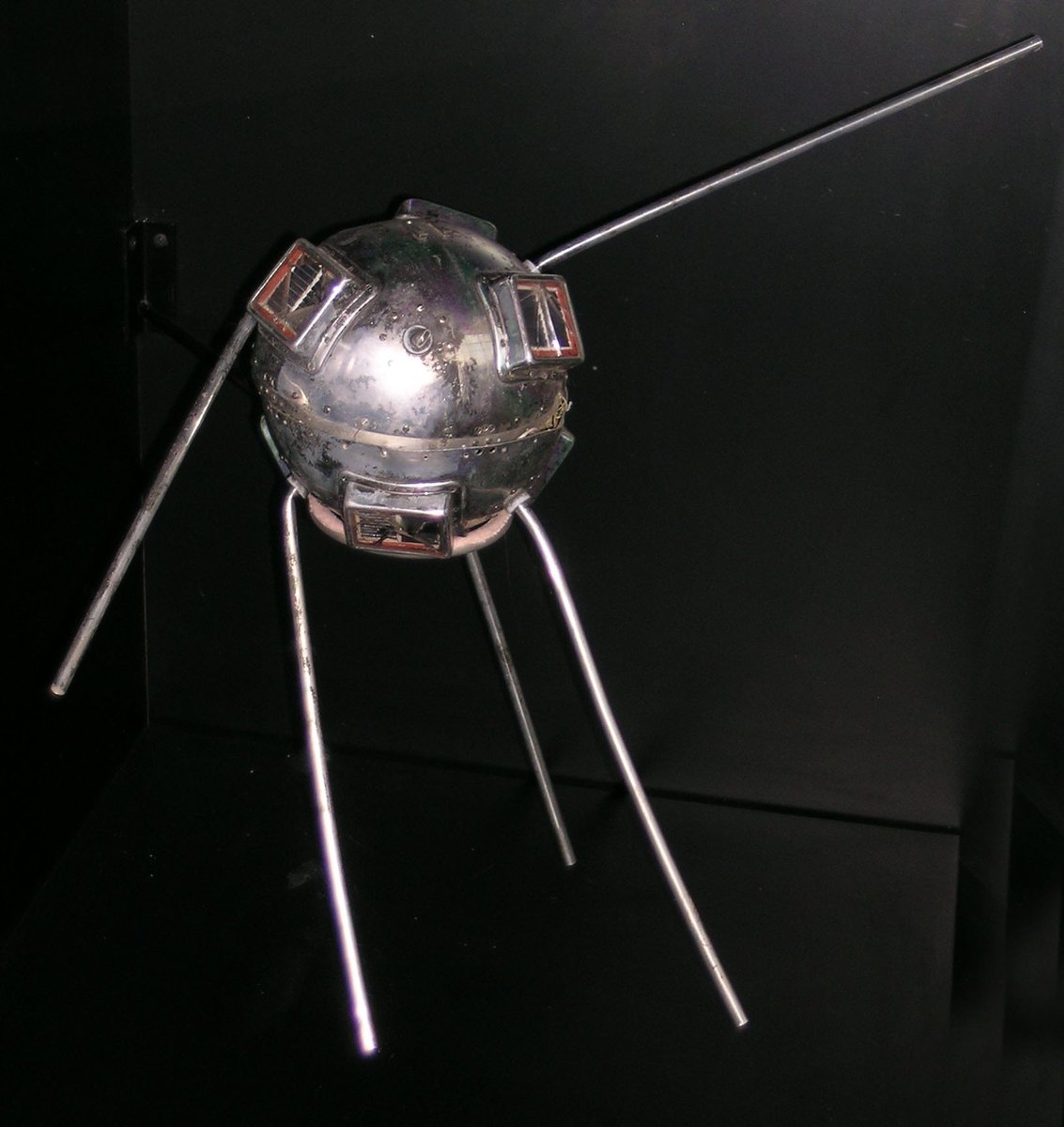Earth isn’t the only world in our solar system with an ocean! In honor of #ArchivesUnderTheSea, here are a few of our favorite extraterrestrial oceans in a thread ⬇ 





Saturn’s largest moon Titan is thought to have a large liquid ocean trapped under its outer layer of ice. So, what’s “Under the Sea”? Methane, apparently. Scientists believe this ocean stores and releases the methane necessary to resupply Titan’s methane-dominant atmosphere. 

Scientists point to bright spots on the surface of the dwarf planet Ceres as evidence of a subsurface ocean. These bright spots are actually reflective salt deposits, likely left behind after water from the briny ocean made its way to the planet’s surface and evaporated. 

Like its sister moon Titan, Saturn’s moon Enceladus contains a vast ocean beneath its icy crust. This water shoots up into Enceladus’ atmosphere from cracks in its surface and creates dust, some of which is pulled into Saturn’s outer ring. 

• • •
Missing some Tweet in this thread? You can try to
force a refresh

 Read on Twitter
Read on Twitter












